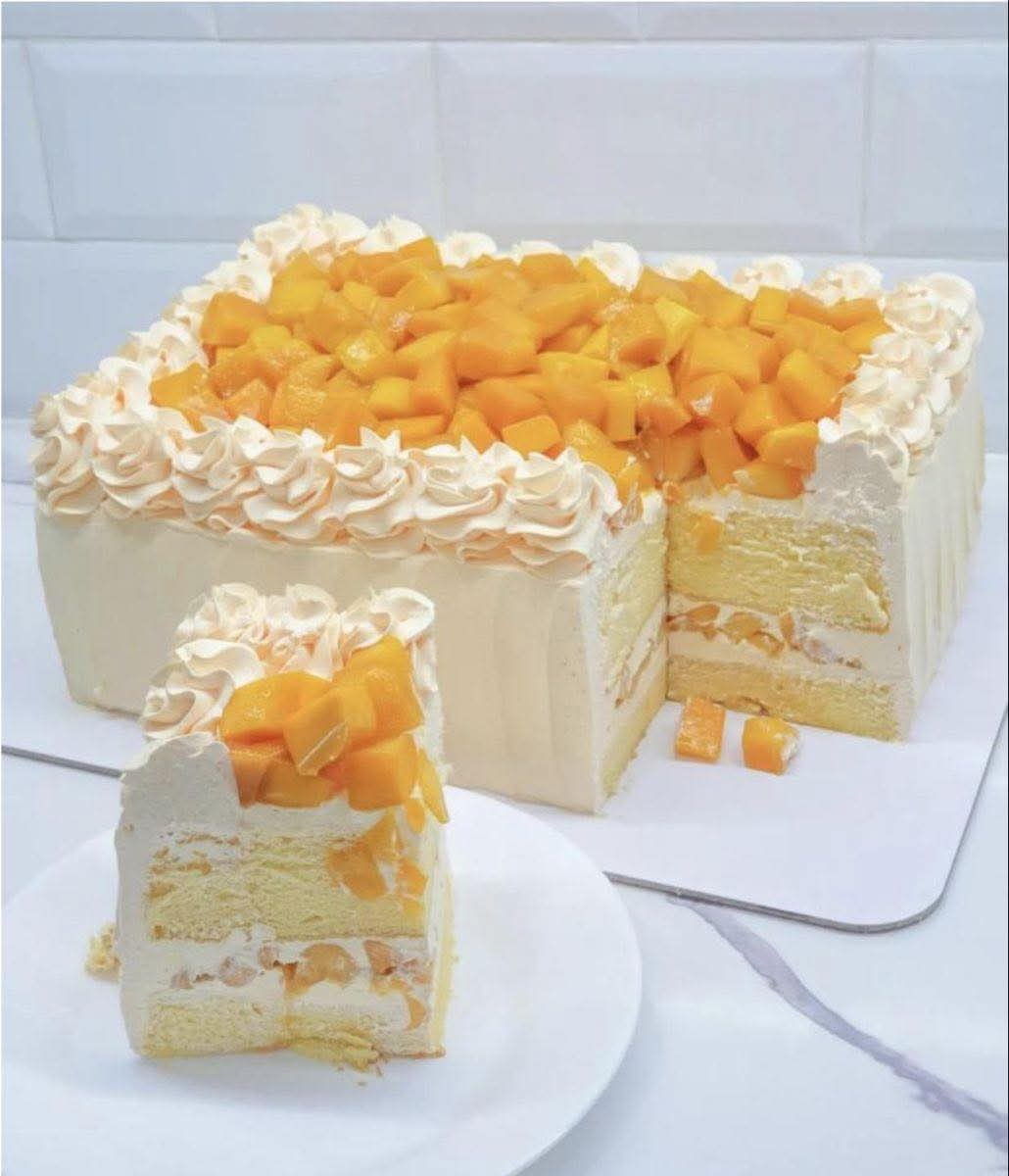Absolutely! Here’s a comprehensive, rich, and lovingly crafted long recipe for a classic cake—Vanilla Layer Cake with Buttercream Frosting—complete with all the elements you asked for: introduction, ingredients, instructions, methods, history, formation, conclusion, and even notes on cake lovers. It’s more than a recipe—it’s a celebration of cake!
The Classic Vanilla Layer Cake
Introduction
The cake has stood the test of time as a symbol of celebration, comfort, and indulgence. Whether it’s a birthday, wedding, or a quiet evening craving, a slice of cake brings warmth and joy to the soul. This recipe focuses on the Classic Vanilla Layer Cake with Buttercream Frosting—a timeless dessert with a tender crumb, rich flavor, and the perfect balance of sweetness.
History of Cake
The word “cake” originates from the Old Norse word “kaka.” In ancient times, cakes were more bread-like and sweetened with honey. Over the centuries, techniques evolved, particularly in 17th century Europe when the use of refined sugar and temperature-controlled ovens became common. This led to lighter, fluffier cakes similar to what we know today. The classic vanilla sponge cake found its peak popularity in the 19th and 20th centuries and remains a beloved standard in modern baking.
Formation of the Cake
This cake is created using the creaming method, which involves beating butter and sugar together until light and fluffy, then incorporating eggs, dry ingredients, and milk. The process yields a tender, moist crumb and layers that are ideal for stacking.
Ingredients
For the Cake:
- 3 cups (360g) all-purpose flour
- 2 ½ tsp baking powder
- ½ tsp baking soda
- 1 tsp salt
- 1 cup (227g) unsalted butter, softened
- 2 cups (400g) granulated sugar
- 4 large eggs, room temperature
- 1 tbsp pure vanilla extract
- 1 cup (240ml) whole milk, room temperature
- ½ cup (120ml) sour cream, room temperature
For the Buttercream Frosting:
- 1 ½ cups (340g) unsalted butter, softened
- 5 cups (600g) powdered sugar, sifted
- 2 tsp pure vanilla extract
- 2–4 tbsp heavy cream or milk
- Pinch of salt
Optional:
- Fresh berries, sprinkles, or edible flowers for decoration
Instructions and Methods
1. Preparing the Cake Layers:
- Preheat your oven to 350°F (175°C). Grease and line three 8-inch round cake pans with parchment paper.
- In a medium bowl, whisk together the flour, baking powder, baking soda, and salt.
- In a large bowl, cream the butter and sugar using a hand or stand mixer on medium-high speed until light and fluffy (about 4–5 minutes).
- Add the eggs one at a time, beating well after each addition. Mix in the vanilla.
- Reduce speed to low. Alternate adding the flour mixture and milk, beginning and ending with the flour. Mix until just combined.
- Fold in the sour cream gently. Do not overmix.
- Divide batter evenly into the prepared pans and smooth the tops.
- Bake for 25–30 minutes, or until a toothpick inserted in the center comes out clean.
- Cool in the pans for 10 minutes, then transfer to wire racks to cool completely.
2. Making the Buttercream:
- Beat the softened butter on medium speed until creamy and pale (about 3 minutes).
- Gradually add the powdered sugar, one cup at a time, beating on low and scraping down the sides.
- Mix in vanilla extract and a pinch of salt.
- Add heavy cream one tablespoon at a time until the frosting reaches a smooth, spreadable consistency.
- Beat on high for 2–3 minutes until light and fluffy.
3. Assembling the Cake:
- Level the cooled cake layers if necessary.
- Place the first layer on a serving plate or cake stand. Spread a generous layer of buttercream.
- Repeat with the second and third layers.
- Apply a crumb coat (a thin layer of frosting to trap crumbs) and chill for 15–20 minutes.
- Frost the outside and top of the cake smoothly or with decorative swirls.
- Add toppings like berries, sprinkles, or edible flowers.
Cake Lovers’ Corner
Cake lovers are everywhere—from kids eagerly licking frosting off beaters to grandmothers who still bake with handwritten recipes. For some, cake is comfort. For others, it’s a symbol of love, a centerpiece for celebrations. The beauty of a vanilla cake lies in its versatility—it can be dressed up or down, flavored or frosted to suit any taste. Lovers of this cake appreciate its delicate texture and nostalgic flavor.
Conclusion
Baking this vanilla cake is more than just following steps—it’s an act of creation, care, and joy. Every layer holds the possibility of memories shared: birthday candles, anniversary kisses, or just a Tuesday afternoon tea. A great cake doesn’t just feed the stomach—it feeds the heart.
Would you like this turned into a printable or visual recipe card as well?
